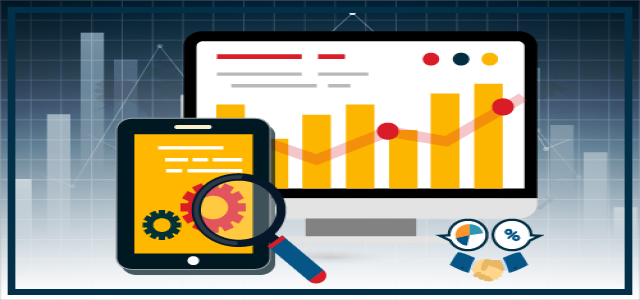
Increasing advancements in gene editing tools is expected to augment the mice model market size by 2026. Wide-scale acceptance of mice models by several research institutions and established companies in developed countries is fueling industry expansion. Steady progress in gene editing methods, like the zinc-finger nuclease technology has supported the adoption of mice models.
Meanwhile, surge in the consumption of personalized medicine in developed and developing countries has driven the demand for humanized mice models. A growing number of precision medicines are being prescribed in hospitals and clinics for neurodegenerative and psychological disorders like Alzheimer’s disease. Development of such medicines is carried out following numerous clinical trials which involve use of mice models.
Request for a sample copy of this report @ https://www.decresearch.com/request-sample/detail/4473
With large number of pharmaceutical firms engaged in new drug development projects, firms operating in the mice model market are creating new, advanced products. For example, in 2017, early-stage contract research organization, Charles River announced the North American launch of the NCG model, its triple-immunodeficient, CRISPR generated mouse model developed by altering specific genes. In view of such advancements, Global Market Insights, Inc., reports that the mice model market may register over USD 12.3 billion by 2026.
Outbred mice are cost-effective and have better fertility compared to other mice types. They are being increasingly used in transgenic research. The propagation of outbred mice is done through non-standardized mating techniques and hence they retain substantial genetic variability.
Outbred mice that have been recently developed have paved the way for research options which surpass human genetic diversity. The outbred segment held a valuation of over USD 1.7 billion and the second largest revenue share in 2019.
The CRISPR technology segment held for a majority market share of over USD 2.5 billion in 2019. The technology has gained recognition given to its benefits such as ease of use, cost effectiveness, time saving, as well as the ability to give better and faster results.
CRISPR technology is mainly used for neuroscience research and for the creation of new genetic models which leads to potential decrease of mice usage. It is an emerging and breakthrough technology which enables scientists to manipulate the DNA sequence in a precise way.
Request for customization @ https://www.decresearch.com/roc/4473
Increasing incidence of several animal disorders like seizures and serious infectious diseases has led to a rise in R&D activities to make veterinary medicines. Many veterinary contract research organizations are offering mice models for the purpose of veterinary drug discovery with related services. Moreover, research projects involving the use of mice models are being well-funded by the National Institutes of Health (NIH). In 2019, the veterinary segment held around 19% industry share and is anticipated to rise in the same manner in the upcoming years.
The Brazil mice model market held a valuation of above 11 million and dominated the Latin American region in 2019, owing to considerable economic and infrastructure development. Brazil has a dynamic research sector in pharmacology, health, and biotechnology which is supported by the government, focusing on illnesses such as malaria, dengue, leishmaniasis, Chagas disease, and viral diseases. The Brazilian health research policy is working on promoting networks and partnerships among scientists in academic institutions for research, aimed towards animal welfare and quality of research.
On a global scale, the mice model market comprises of firms such as Envigo, Hera BioLabs, Charles River, genOway, Janvier Labs, Taconic Biosciences, Inc, and Harbour BioMed. These companies are focusing on various business strategies like new product launches, mergers and acquisitions.
Partial Chapter of the Table of Content
Chapter 2 Executive Summary
2.1 Mice model industry 3600 synopsis, 2015 - 2026
2.1.1 Business trends
2.1.2 Mice type trends
2.1.3 Technology trends
2.1.4 Application trends
2.1.5 Use trends
2.1.6 End-use trends
2.1.7 Regional trends
Chapter 3 Mice Model Industry Insights
3.1 Industry segmentation
3.2 Industry landscape, 2015 - 2026
3.3 Industry impact factors
3.3.1 Growth drivers
3.3.1.1 Rise in the advancements in gene editing tools
3.3.1.2 Rising demand for humanized mouse models
3.3.1.3 Physiological similarities between human and mice
3.3.1.4 Growing consumption of personalized medicine driving the demand for humanized mice models in developing and developed countries
3.3.2 Industry pitfalls & challenges
3.3.2.1 Ongoing developments of alternative methods to animal testing
3.3.2.2 Strict regulations and guidelines
3.3.2.3 Growing opposition on mice testing by several organizations
3.4 Growth potential analysis
Browse complete Table of Contents (ToC) of this research report @ https://www.decresearch.com/toc/detail/mice-model-market
© 2025 groundalerts.com. All Rights Reserved.